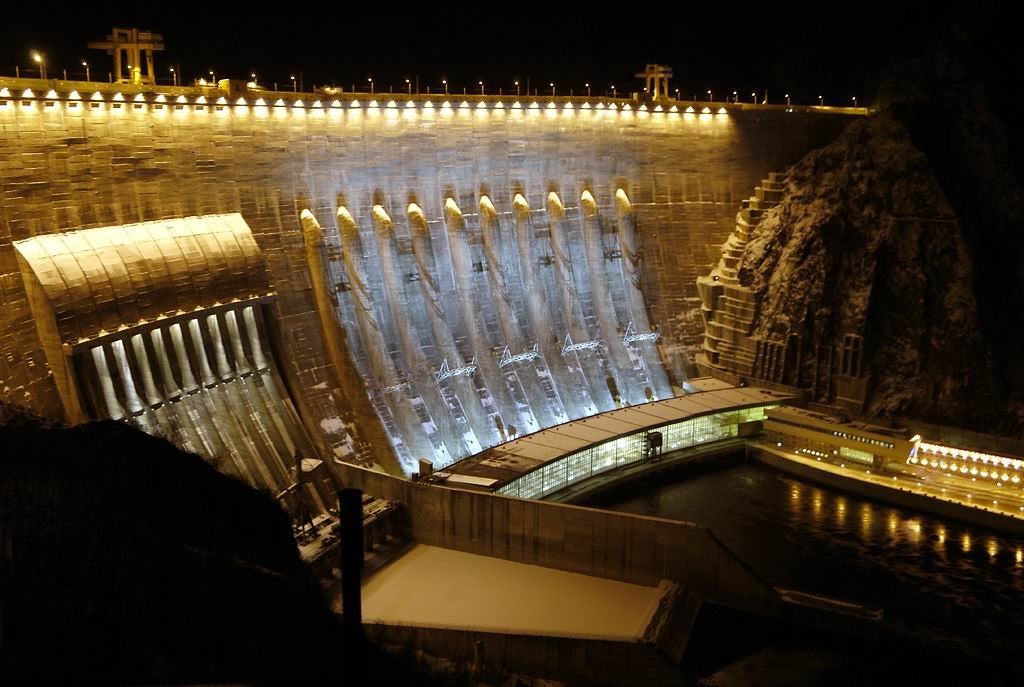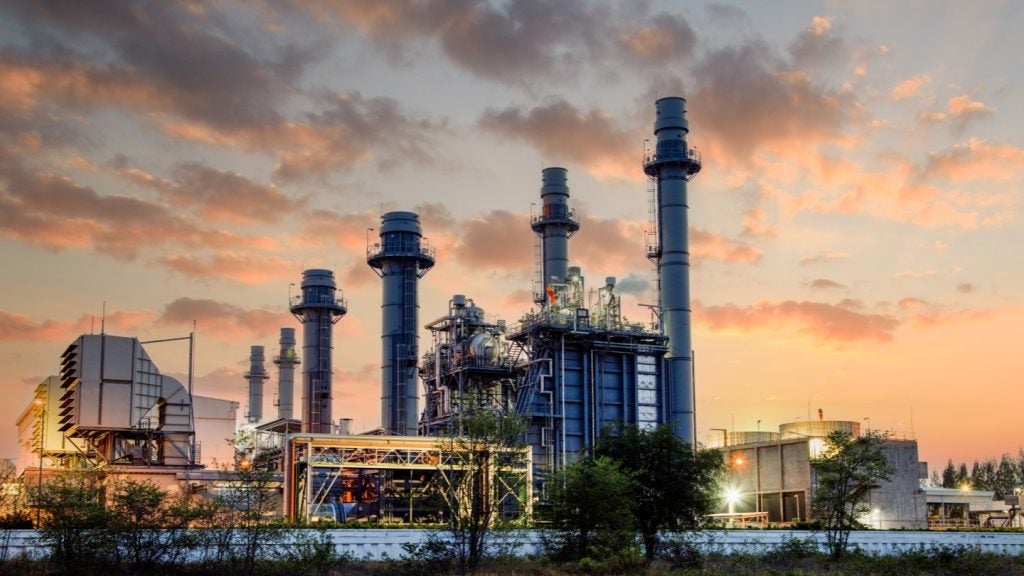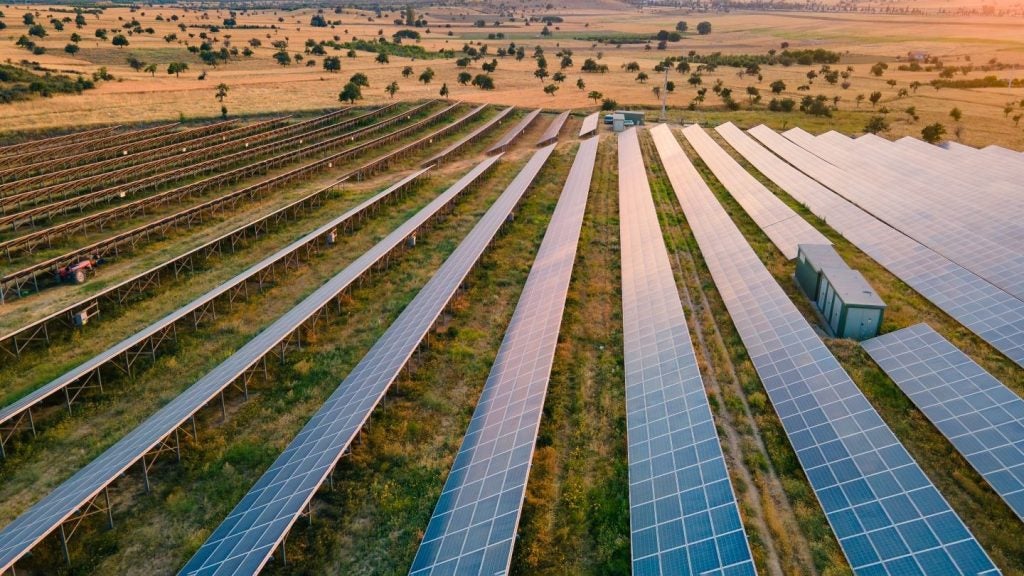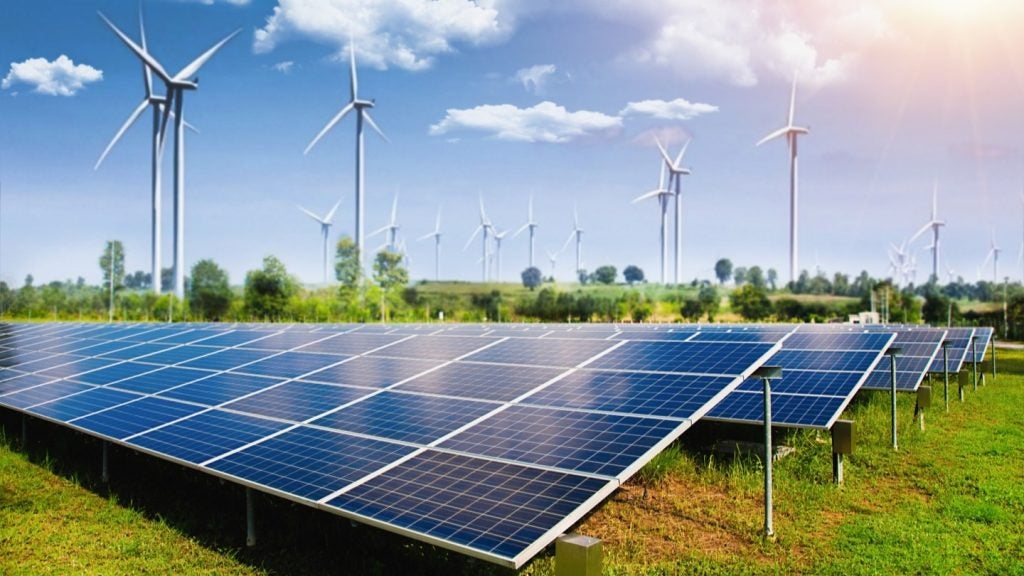
As a country that plays host to the world’s largest natural gas reserves and the second-largest reserves of thermal coal, it comes as little surprise that Russia has largely sat out the global renewable energy transition. Despite the country’s massive potential in wind and solar resources and the virtually limitless land available for development, the ready availability of oil, gas and coal – not to mention the immense political clout of state-owned hydrocarbons companies such as Gazprom and Rosneft – has suppressed clean energy development in the Russian market, with the notable exception of hydropower.
Nevertheless, in recent years there has been increasing acknowledgement of the need to transition more quickly towards renewable energy sources (RES) at the highest levels of the Russian Government. President Vladimir Putin described RES as “the proper path” for global energy development, while deputy energy minister Andrei Teksler was equally clear last year.
“Renewables are no longer referred to as alternative energy, they are traditional,” he said, as quoted by the Financial Times. “We are not ignorant of the future.”
The road to greater integration of solar and wind energy in Russia will be a long one. Ignoring hydroelectric power, which provides 51.5GW of the country’s approximately 53.5GW of clean energy generation capacity, renewable energy claims a mere 3.6% share of the country energy mix.
The government’s official energy policy document up to 2035 is likely to see this share grow to only 4.9% by 2030, according to the International Renewable Energy Agency (IRENA).
How well do you really know your competitors?
Access the most comprehensive Company Profiles on the market, powered by GlobalData. Save hours of research. Gain competitive edge.

Thank you!
Your download email will arrive shortly
Not ready to buy yet? Download a free sample
We are confident about the unique quality of our Company Profiles. However, we want you to make the most beneficial decision for your business, so we offer a free sample that you can download by submitting the below form
By GlobalDataSo, are Putin and his government simply paying lip service to the prospect of renewables development? While there is a sizeable gap between the optimistic statements of Russian politicians and the situation on the ground for RES, the growth of a major support mechanism and an influx of foreign renewables developers have shown a route forward. The only question is how fast can Russia move down the path it has laid out for itself?
Decree 449: Russia’s renewable support mechanism
The foundation for the growth of RES deployment in Russia is Decree 449, passed in 2013, which created a legal framework to establish a renewable energy capacity system in the country. Previous reforms – such as amending electrical regulations to connect renewables in 2007 and the launch of a renewable energy programme to support development in 2011 – paved the way, but it is Decree 449 that underpins the progress being made on Russian RES deployment today.
The decree is designed to encourage the development of renewable energy in Russia, particularly focusing on wind and solar photovoltaics, and to a lesser extent, small-scale hydropower. The legislation sets out the terms for participation in the country’s RES capacity markets.
Under the system, energy developers of projects with an output of at least 5MW can bid for capacity supply contracts with Russia’s Administrator of the Trading System in annual tenders. Winning suppliers are paid both for the capacity they add to the energy system, and for the energy they supply, based on long-term 15-year contracts with fixed tariffs.
In common with many capacity market arrangements internationally, Decree 449 aims to encourage RES investment by setting out a stable legal and regulatory environment that allows developers to commercialise capacity as a separate commodity to the power itself, helping ensure their projects are economically viable in the long-term.
In return, RES developers are expected to ensure they can provide the promised capacity, on the right timeline and with sufficient use of Russian partners and equipment.
“The main obligation of a potential supplier under the agreement is creating a renewable energy source within the agreed-upon parameters of capacity, localisation and timing,” wrote Dr Thomas Heidemann, partner at international law firm CMS, in a February blog post. “Agreements will always contain provisions on sensible penalties for delays in capacity supply.”
Progress under Russia’s expanding RES capacity market
The tender system has spurred a wave of renewable energy investment in Russia. Although some capacity auction rounds have struggled to attract bids for a number of reasons, evidence suggests that progress is slowly being made. Just over 2GW of renewable capacity was awarded in the tenders between 2013 and 2016, while the 2017 auction saw a total of 2.2GW across wind, solar and small hydro awarded in a single round after a better-than-expected turnout from power companies. This year’s auction in June saw 1.08GW of capacity allocated between 39 projects.
Last year also saw the introduction of waste-to-energy projects to the capacity market scheme, with five projects awarded contracts for a total capacity of 335MW. The 2018 tender for waste energy capacity failed, however, with law firm King & Spalding reporting that new requirements for bidders to provide performance guarantees – apparently not required during the 2017 round – were a major driver behind prospective bidders’ reticence. The firm noted that new auctions for waste-to-energy are likely to be modified to remove this obligation, and other measures being taken by the government are likely to favour waste recycling facilities in the future.
“[Waste recycling] facilities will pay fees seven times lower than other industrial facilities for their reduced negative impact on the environment,” the firm wrote in a September newsletter. “The payments required to be made by owners of landfills will increase by 15% by 2025, which is meant to make waste recycling more attractive as a business for waste management companies.”
Local content requirements: unpopular but effective?
A recurring issue being encountered by foreign developers is the high level of local content required to qualify for the highest tariff rates, an essential component of many Russian RES projects’ long-term feasibility. The percentage of Russian-made equipment required to avoid tariff penalties were relatively modest in the early days of the auction system, but have now risen to 65% for wind farms and small hydro, and 70% for solar until 2020.
These high levels have been behind several quiet tenders, especially in wind farm development, for which there has been little to no Russian-made equipment. The added cost of setting up local manufacturing operations to service a single project has been enough to put off potential bidders in the past.
Despite the early setbacks caused by strict localisation criteria, it does appear that the measure has done its job to some extent. The requirements have encouraged foreign firms to partner with Russian power companies and manufacturers, improving local expertise and setting the foundations for a scalable domestic RES sector. Recent high-profile cross-border RES joint ventures include Fortum and state-owned technology investor Rusnano’s wind investment fund and WRS Bashni, a partnership between Spanish developer Windar Renovables, Rusnano and Russian steel firm Severstal.
The positive impact has been particularly pronounced in the wind sector. “The local requirements for wind projects can now be met through equipment localised and produced by Vestas Manufacturing Rus (Nizhny Novgorod region),” noted King & Spalding. “In May 2018, Vestas started to produce wind turbine nacelles, which required an investment of more than $5.2m and created over 50 work positions in the region. Other producers, such as SGRE (Siemens-Gamesa Renewables) and Lagerwey are also preparing to enter the Russian market.”
Can Russia accelerate deployment to meet IRENA projections?
So between building renewable capacity through competitive auctions and building its own RES manufacturing capacity through strict local content obligations, Russia has secured a support mechanism that has gathered momentum and, with continued commitment, will continue to incentivise RES deployment. But is it enough?
According to IRENA’s 2017 report, REMap 2030: Renewable Energy Prospects for the Russian Federation, Russia has the potential to increase the projected share of renewables from 4.9% to 11.3% of total final energy consumption by 2030. This would require, the agency said, $15bn a year in investment between 2010 and 2030, the vast majority of which would be spent on building RES generation capacity.
Somewhat surprisingly, the Russian Government endorsed the IRENA report, and has been talking up its plans to the United Nations, stating in responses during multilateral assessment on climate goals that it plans to increase its non-hydro RES output from 2TWh to 29TWh by 2035.
But exactly how Russia intends to achieve a dramatic acceleration in RES investment and deployment is still a mystery, and the central position of the country’s state-owned thermal energy companies in its exports, domestic power system and foreign policy presents a high barrier to the kind of renewable penetration that has been seen in world-leading countries like Germany and Norway.
Developing an effective capacity market has been a strong start for a country that has traditionally lagged behind on renewables, but without a further push and a wider transformation of Russia’s energy system, there will be hard limit on what can be achieved.








